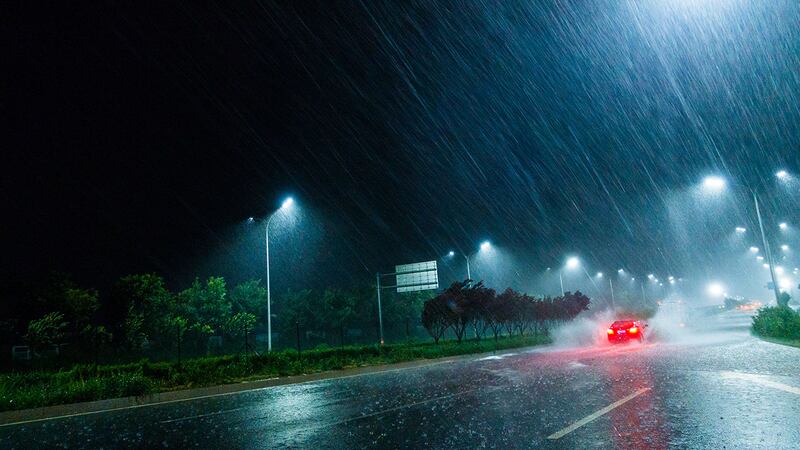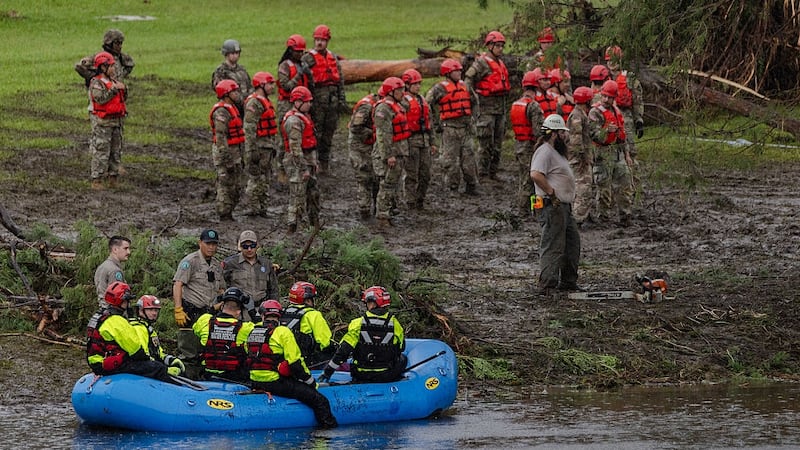Days away from the official start of Atlantic hurricane season, the first tropical system of 2018 formed Friday in the Caribbean Sea.
The National Hurricane Center has begun to issue warnings on Subtropical Storm Alberto as the system makes its way over the Yucatan and into the Gulf of Mexico.
At 11 a.m. Friday, forecasters put Alberto 55 miles south of Cozumel, Mexico. The storm's sustained winds were 40 mph and it was moving northeast at 6 mph. An Air Force Reserve reconnaissance aircraft is scheduled to investigate the storm Friday afternoon.
The NHC classified the storm as a "preseason subtropical storm." While there is a difference in the classification of storms – from extratropical, to subtropical, to tropical – they are all capable of threatening life and property.
Here’s a look at the characteristics of both subtropical and tropical systems.
Subtropical storms:
- A subtropical storm is basically a low-pressure system that is partially a winter-type storm and partially a tropical storm.
- They are colder than tropical storms, meaning the core temperature is lower than a tropical storm's core temperature. Warm water feeds tropical systems making them spin faster and become stronger.
- There is a closed low-pressure center of circulation with the storms, just as with tropical storms, but the rains and wind are not near the center. Instead, thunderstorm activity and strong winds are miles (sometimes hundreds of miles) from the center of circulation. Think of the shape of a comma.
- Subtropical storms can and often do organize into tropical storms.
- They are less likely to become hurricanes, though they can.
- They are generally large storms.
Tropical systems
- Tropical storms are powered by very warm water, and are well-connected to the upper atmosphere. The warm water is drawn up into the system through the upper atmosphere and pushed down again as the cycle repeats, causing a heat pump effect that fuels the storm.
- Tropical storms gain strength by thunderstorm activity around the eye, or center of circulation.
For more information on tropical systems, see:
>>Hurricane season: What is the Saffir-Simpson scale; how does it work; is there a Category 6?
>>What is a storm surge and why is it dangerous?
>>How to use internet during a storm when your internet is down
>>9 weather terms you should know when preparing for a hurricane
>>15 safety tips that could save your life during a hurricane
>>Hurricane evacuation: Helpful apps for finding gas, hotel rooms, traffic routes
Cox Media Group








